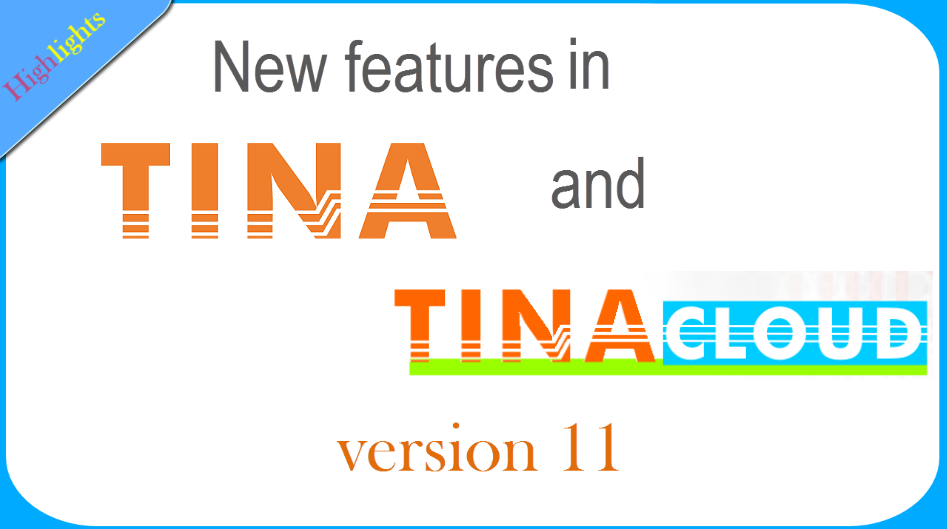DesignSoft at WORLDDIDAC ASTANA 2017
We are pleased to invite you to see us at WORLDDIDAC ASTANA 2017
5-th International exhibition of technologies for education and professional training
4-6 April 2017
Korme Expo Centre, Astana, Kazakhstan
DesignSoft Stand: A3
http://www.worlddidac-astana.org
DesignSoft Team
www.tina.com
www.tinacloud.com





